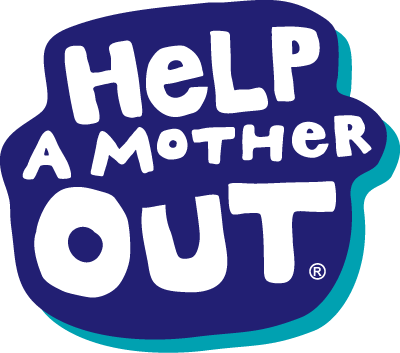Many thanks to Emmy award winning journalist and morning news anchor Kristen Sze and ABC7 News for reporting on our efforts to bring diapers to homeless and low income babies across the Bay Area.
Welcome ABC7 Viewers! Will You Give Cheeks a Chance?We are delighted you stopped by to learn how you can help. Our partner agencies assist homeless families, victims of domestic violence, as well as families living at or below the poverty line in one of the most affluent regions of the country.
Learn more: Check out Diapers 101 for information on how something so basic can make such a big impact. You can also download our two page information sheet. If you have more questions about our campaign please check out our FAQ first, or email us (info at helpamotherout dotorg).
Donate in person or online:
Note: We welcome all diaper sizes, new/open packs. Sizes 3 to 6 + pull ups are our highest need.
To donate diapers in person you can drop them off here:
Sadiedey’s Cafe ~ 4210 Telegraph Ave., OAKLAND, CA 94602
Natural Resources ~ 1367 Valencia St SAN FRANCISCO, CA 94110
Baby Buzz ~ 1314 Lincoln Ave, #1A SAN JOSE, CA 95125
To donate diapers online find a partner agency near you to help, then click through to their Amazon.com wishlist. You can purchase a case of diapers and have them shipped directly to the agency of your choice (remember to select Super Saver free shipping!)
If you would like to go a step further and host a diaper drive at your work, school, civic group, parenting group, or place of worship – we have a free diaper drive toolkit you can download to help you get started.
As much as this economic downturn has effected each one of us, there are many local families who are faced with impossible decisions, such as choosing between food or diapers for their children.
Thanks again for checking us out. We hope you will join our campaign in helping to keep Bay Area children healthy and safe.
Remember, all we are saying is Give Cheeks a Chance!
Stay in touch: find us on Facebook and Twitter.
We are absolutely thrilled that ABC7 reported on our grassroots campaign. Something that was not reflected in the segment is that HAMO’s campaign is not the work of one sole person, but is the product of a long list of contributors and volunteers who have come together to raise diapers and awareness on this issue. You can read more about our key contributors in our About Us page.
Updated 7:00pm PST :
Cloth Diapers
Since the segment aired we have received a number of emails and comments regarding cloth diapers. We think cloth is a great option for families who are in a position to choose, afford to purchase, and launder them. Our partner agencies have advised us that cloth is not a practical option for the majority of their clients, many of whom are living in shelters, or cramped living quarters without access to private laundry facilities. Therefore, we choose to support our partners by providing donors with both an eco-friendly and generic brand diaper option. To learn more see Diapers 101 and our FAQ .
































